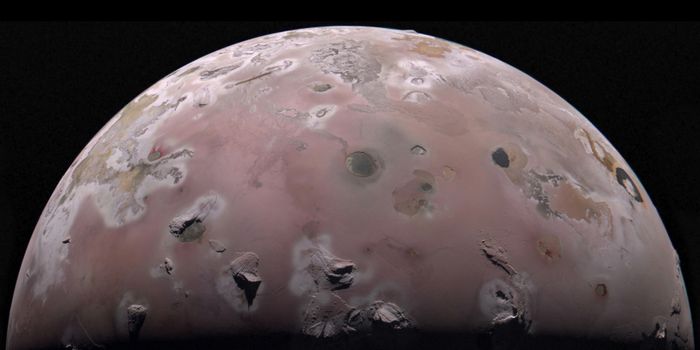Astronomers Witnessed the Merging of Two Black Holes That Were Born Far Apart in Space
Think of our spacetime as fabric. When we place something in it, the fabric curves. This is what happens everywhere in the Universe. For example, in our solar system, the Sun curves the spacetime around it and all the planets orbit around it following this curvature. The amount by which any object curves/bends the spacetime depends upon its mass just like for a real fabric and an object. Now anything that has mass and moves creates ripples/waves. For example, when a stone is dropped into water it creates ripples that travel far away from the point where it was dropped. Moreover, their intensity decreases with distance. The same phenomenon happens to the objects in the Universe. Everything causes these ripples including our Earth and the Sun. However, these ripples are tiny and too weak to be measured by our technology.
The only things which can create ripples/waves measurable by our instruments are black holes, and only when they merge to form a bigger black hole. These ripples in astronomy are called gravitational waves, which were first detected in September 2015 by an instrument called LIGO (Laser Interferometer Gravitational-Wave Observatory). This instrument detected a merging event of two black holes that weighed 29 and 36 solar masses (1 solar mass = mass of the Sun) that were 1.3 billion light years away. See the video below to see how two black holes merge.
LIGO has been detecting these kinds of events since its first discovery, but for the first time, a team of astronomers investigated their archival data to find something extraordinarily interesting. This team led by a physicist, Seth Olsen from Princeton University, found a merger event that contained black holes that were formed far away in space from each other, but still found a way to merge. How do they know that these two black holes were formed far away from each other by looking at how they spun? All black holes spin just like toy tops and if two black holes are formed in the same place, they tend to have their spins aligned. However, the black holes in this scenario had no correlation whatsoever in their spins. This discovery then opened up a new set of questions, i.e., how did these two come together despite being born in a faraway space from each other? This work was recently published in the Physical Review Letters journal.
Source: PRL, Science News








